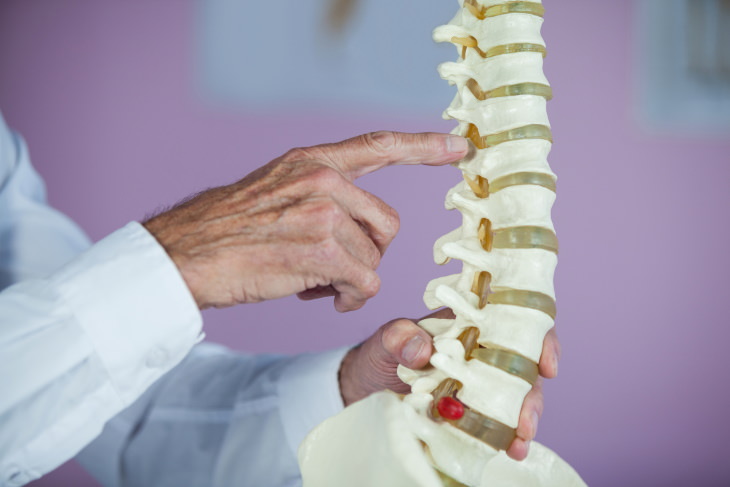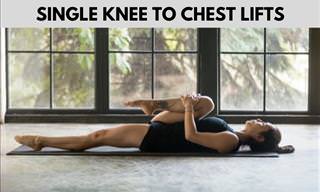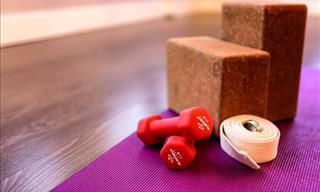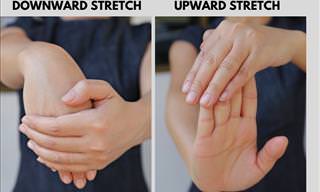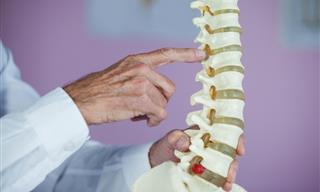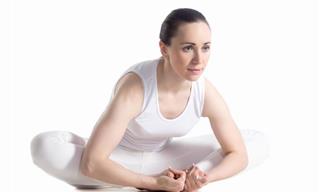What is poor posture?
Ideally, your body should be aligned in a specific manner when it’s in a neutral position: the head should be above the shoulders, and the torso should be aligned with the hips. This encourages a so-called neutral spine, a position where all three curves of the spine (the cervical, thoracic, and lumbar) are maintained.
But life interferes, and we have to sit on uncomfortable chairs, wear ill-fitting shoes, and stare at our phones and computers for hours on end. These activities may change the shape and alignment of the body. And when this misalignment persists, health problems tend to appear.
So what can go wrong when you have poor posture? Here’s a brief list:
Reduced Lung Capacity

Poor posture has a direct negative impact on your musculoskeletal system, and we’ll list several specific orthopedic issues that stem from a misaligned body later on. But bad posture also affects many seemingly unrelated functions of the body - of which breathing is a great example.
So how does poor posture influence your breathing?
The negative effect can be observed across two measures: lung capacity and breathing force. And both of these measures are largely controlled by the diaphragm - a large flat muscle located right below the lungs that divides the abdomen from the chest. To inhale and exhale fully, the diaphragm requires enough space to contract and relax with each breath. When the spine isn’t properly aligned and is compressed, this can compromise your breathing efficiency.
In particular, a forward head posture can affect your breathing capacity by compressing the lungs, according to research published in the Journal of Physical Therapy Science. When a person’s default position is with the head pushed forward, it’s more difficult for them to breathe. This condition is also known as “text neck,” as it often occurs in people who use smartphones a lot.
Jaw Pain
Have you ever heard of temporomandibular joint disorder or TMJ? This increasingly common condition occurs when the temporomandibular joints, which are the two joints that connect your jawbone to the skull at the temples, are misaligned. TMJ often occurs as a result of poor spinal posture that changes the alignment of your bite pattern.
Over time, poor posture puts a lot of pressure on the temporomandibular joints, and they can spasm, cramp, or lock as a result. TMJ causes a lot of jaw pain and difficulty speaking and eating, (especially in foods that require a lot of chewing).
Heartburn and Digestive Issues
If you ever experience heartburn, even though you didn’t eat anything particularly acidic or fatty, check your posture. Sitting hunched over after a meal can definitely trigger heartburn and acid reflux. Slouching compresses the abdomen, and this can push stomach acids up into the esophagus. Therefore, we recommend taking a short walk immediately after a meal if you notice that your posture may affect your digestion. This will make you stand upright, and counteracts the negative effects of slouching.
Bad posture can also impact your bowel health. According to Harvard Health, “Poor posture on a toilet — hunched over with your knees lower than your hips — can promote constipation.” A hunched posture makes your abs work much harder when passing stools.
Circulation Problems
The importance of good blood circulation to your long-term health cannot be overstated.
Slouching can lead to a range of circulation issues, such as varicose veins and high blood pressure. "Sitting for long periods contributes to poor circulation, putting pressure on the spine, the pelvis, and other vital organs like the bladder and prostate,” said Isa Herrera, a physical therapist in New York City to US News Health.
Fatigue and Negative Mood
Do you ever feel tired and grumpy even though you’ve been sitting on the couch all day? Your posture may be the culprit. When your body is in a slouched, unnatural posture for a long time, your muscles have to actually work hard and your joints and ligaments sustain quite a lot of strain.
Luckily, improving your posture has the opposite effect, as shown by a study published in the Journal of Behavior Therapy and Experimental Psychiatry. The research found that good posture can "increase positive affect, reduce fatigue and reduce self-focus in people with mild-to-moderate depression."
Bladder Issues
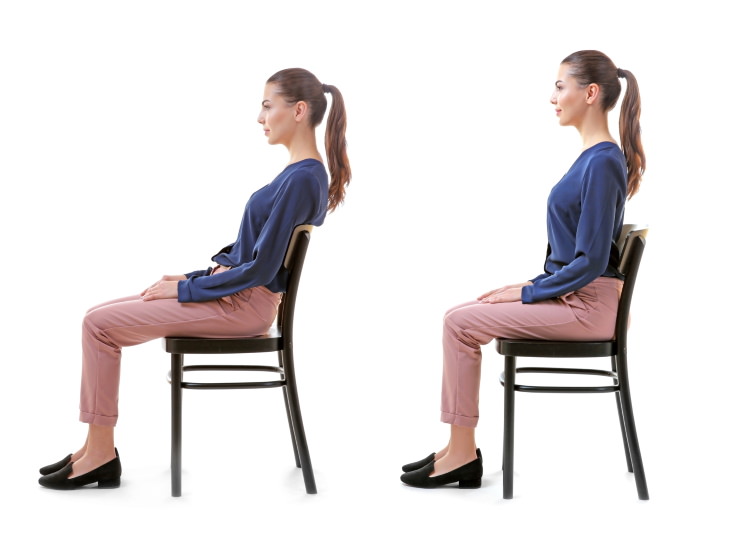
When you sit for extended periods of time or do so in poor posture, this can lead to stress incontinence, which refers to a type of incontinence where a person leaks a small quantity of urine during coughing, sneezing, or laughing. "Slouching increases abdominal pressure, which puts pressure on the bladder. The position also decreases the ability of the pelvic floor muscles to hold against that pressure," stated Meghan Markowski, a physical therapist, to Harvard Health.
In addition, sitting with your lower back tilted forward can also put continuous excessive pressure on the bladder, making you go to the bathroom more frequently.
Issues in Intimate Life
A specific type of poor sitting posture called sacral sitting has been found to affect sexual health in both men and women. This refers to sitting with a rounded lower back or slumped sitting (see on the left in the image above).
The problem with this posture is that it tightens the muscles of the pelvic floor muscles, which can contribute to weaker ejaculations and reduced performance in men and weak orgasms in females.
Exacerbates Arthritis and Joint Pain
Arthritic pain and stiffness can be unbearable on their own, but poor posture can exacerbate these symptoms even further. Arthritis in practically any joint or part of the body - the shoulders, hips, neck, knees, or spine - can get worse as a result of poor posture. For instance, a forward head position can lead to a pinched nerve, and poor posture in the lower back can put more pressure on the knees.
Although you may not notice these adverse changes in your mobility and wellbeing at first, all of these changes are unfortunately cumulative, meaning that they accumulate and get worse over time.
Neck Pain and Headaches
When you shift your neck forward, the head ends up in front of the vertical midline of the spine. It is no longer aligned with the shoulders and midline, which ultimately strains the neck muscles and cervical joints. This can lead to pinched nerves, muscle spasms, and neck pain.
The so-called text neck posture can also make you feel dizzy or cause tension headaches. Since your neck muscles have to work extra hard to keep your head looking forward, they can get tight and contribute to tension and pain in the head. Over time, this type of posture may also increase inflammation in the neck, which is also known to contribute to headaches.
Pain in the Spine and Ribs
When you sit with your shoulders rounded and hunched forward for hours on end, chest wall muscles tighten. This can lead to pain in the ribs and sternum.
In a similar fashion, hunching or slouching to one side while sitting can compress spinal muscles and damage vertebral discs. Over time, this is bound to contribute to back pain, vertebral fractures, and pinched nerves. This way, poor posture often results in back and shoulder pain.
Did we convince you that improving your posture is worth the extra effort? If so, here’s a handy list of references that will show you how to improve your posture:
 Go to BabaMail
Go to BabaMail


